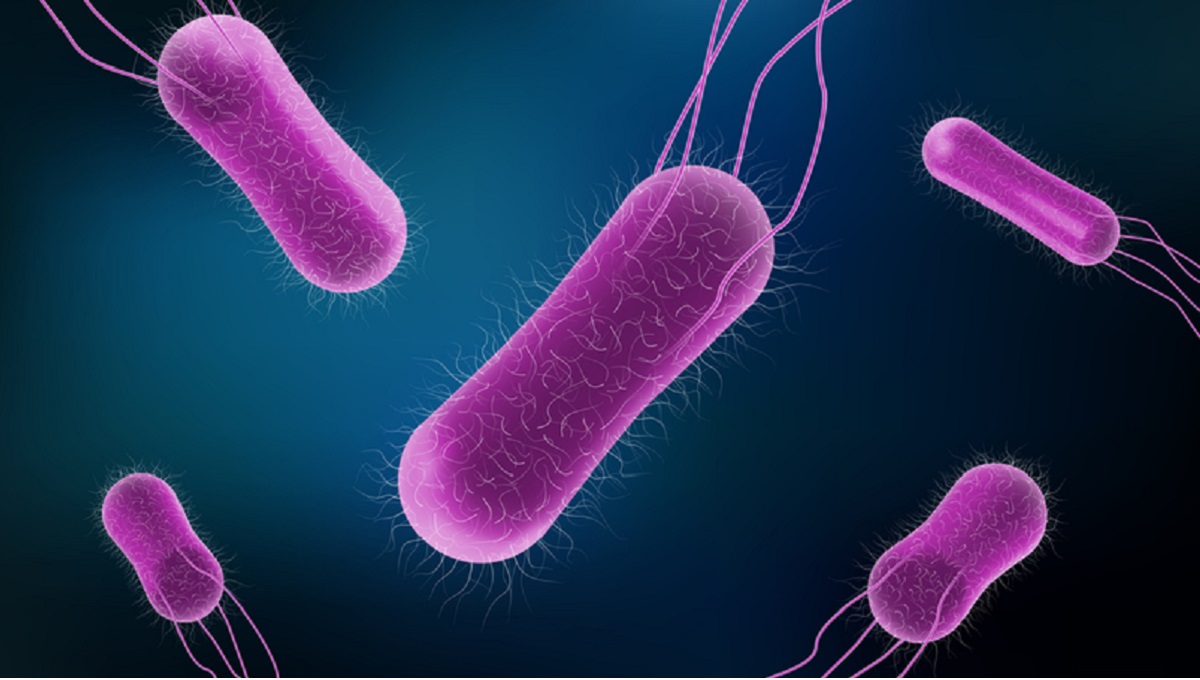Salmonella and Campylobacter reports increased in Austria this past year but were still below levels seen before the COVID-19 pandemic.
While Listeria infections went down, a number of clusters were detected and an outbreak was solved.
In 2021, the number of human isolates sent to the National Reference Centre for Salmonella increased from 906 in 2020 to 1,048. However, this was still well below pre-coronavirus levels.
Salmonella Enteritidis was the most frequent serovar with 375 isolates. For Salmonella Typhimurium, including the monophasic variant, there were 242 human isolates in 2021, an increase compared to 166 in the previous year. Salmonella Coeln was third followed by Salmonella Infantis.
One national outbreak caused by monophasic Salmonella Typhimurium was registered in 2021. A total of 31 people from seven federal states fell ill.
A connection to a restaurant in Eastern Styria was made for 24 patients. The outbreak strain was detected in various dishes sold by the restaurant and in the petting zoo belonging to it. After the temporary closure of the restaurant and increased hygiene at the company and petting zoo, no further cases were documented.
A total of 6,019 cases of campylobacteriosis were reported in Austria. This was up from 2020 but below the 5-year average.
Of Campylobacter infections in 2021, 3.8 percent were acquired abroad. Most imported cases occurred between June and November and they came from 36 different countries including Croatia, Italy and Spain.
An increased incidence was recorded in the summer months, with the most cases in June to August and a short-term slight rise was seen in January. Children under the age of 5 and young adults aged 15-24 years old were mainly affected.
Listeria findings
A total of 36 cases of invasive listeriosis were recorded, two of them pregnancy related. Seven people died within 28 days of diagnosis. The number of infections and deaths was lower than 2020.
Sick people ranged from 0 to 95 years old with a median age of 75 and just over half were men.
Risk factors for listeriosis were assessed for the majority of patients. Nothing could be identified in two of the 36 cases but the others were judged to be at risk of infection. Three people that died were under the age of 60 and two had no known underlying conditions.
In 2021, the National Reference Center found five clusters. Isolates were also identified that belong to clusters from 2018 and 2020.
One isolate from a newborn belongs to a European cluster with cases from Belgium, the Netherlands, Germany and France. It is the only Austrian case so far and occurred in October 2021.
One cluster includes two isolates from January and February 2021. The two male patients come from Upper Austria and Salzburg. Another involves two isolates from March 2021 in a male patient from Lower Austria and a female from Tyrol.
Another two cases from April 2021 are from Styria and Vienna. They are an 80-year-old patient from Graz and a 61-year-old from Vienna. One cluster involves two isolates from September in Salzburg and Tyrol.
The Austrian Agency for Health and Food Safety (AGES) learned of a cross-border listeriosis outbreak which affected five people in the states of Lower Austria, Vienna and Styria from January 2020 to September 2021. Meat and meat products from two companies in Lower Austria were identified as the source of infection.
Food safety report
In 2021, two cases of botulism were documented in Austria. Samples from a 44-year old man yielded Botulinum neurotoxin gene E and samples from a 5-month-old infant had Botulinum neurotoxin gene A.
The man was hospitalized in Graz in March and recovered after treatment. The source of infection is not known. The baby boy was hospitalized in Vienna in September. Symptoms improved after treatment but the source of infection was not found.
The Federal Ministry of Social Affairs, Health, Care and Consumer Protection (BMSGK) has also published the food safety report for 2021. It summarizes the results of official food and farm controls.
More than 22,600 samples were examined — 95 were assessed as harmful to health with 48 due to microbial contamination with E. coli, Salmonella, Listeria or Bacillus cereus.
Food control authorities carried out checks at almost 27,000 companies and violations were found at 7,721 sites.
(To sign up for a free subscription to Food Safety News, click here.)

